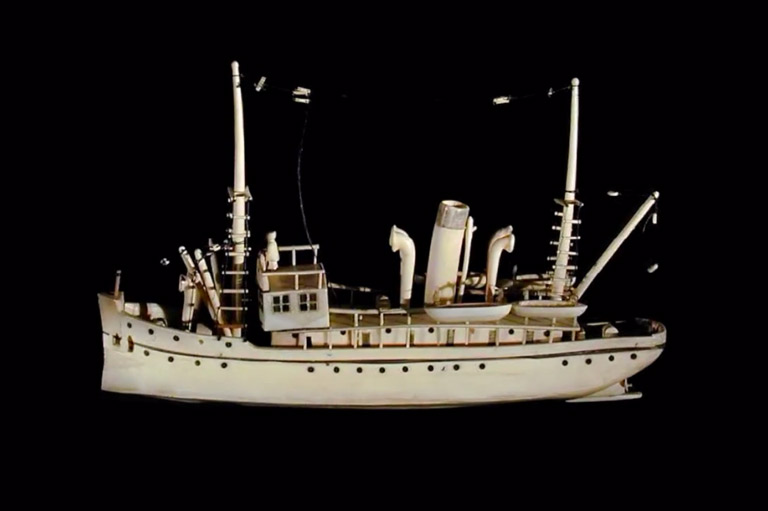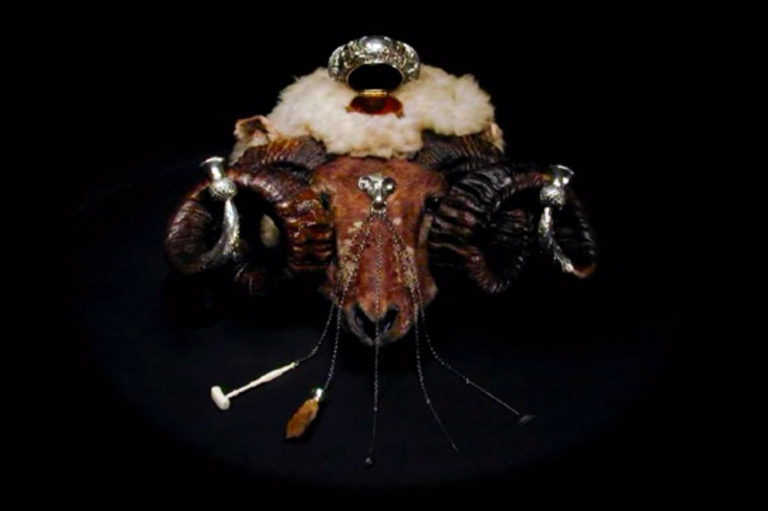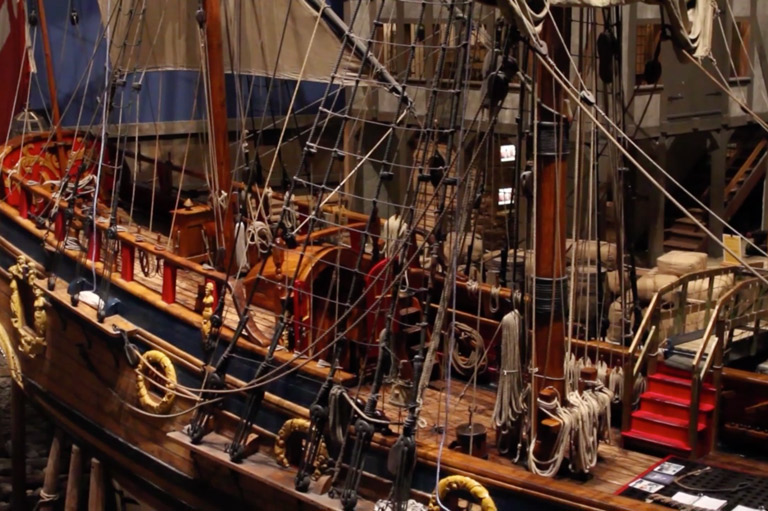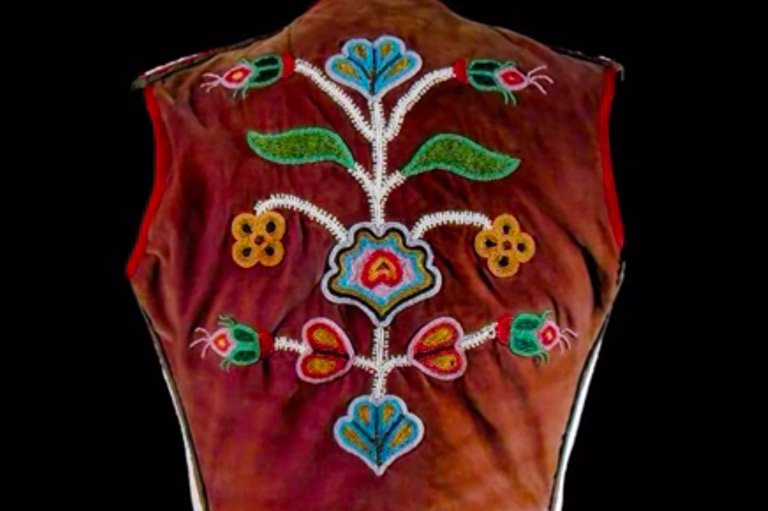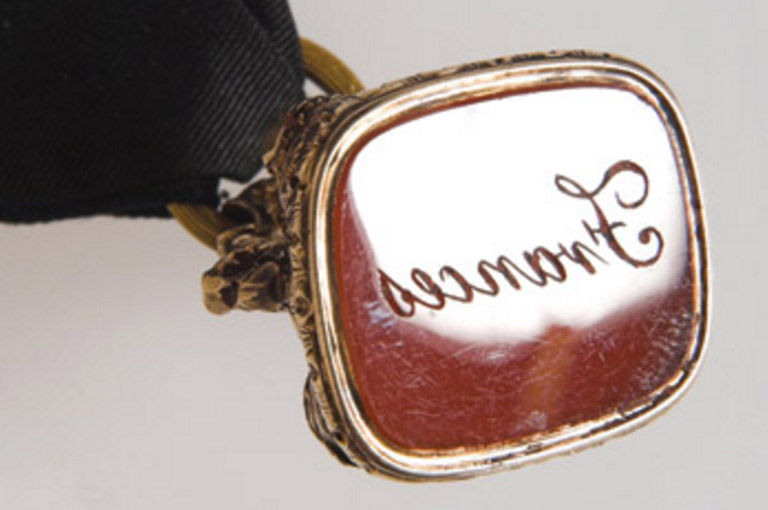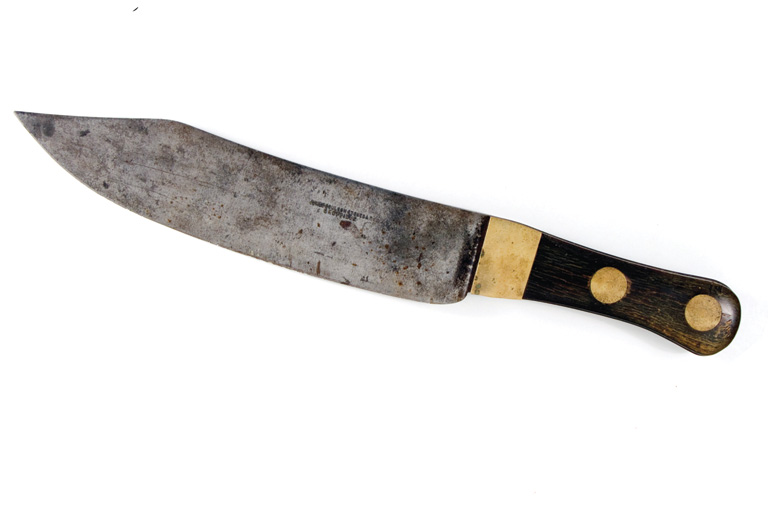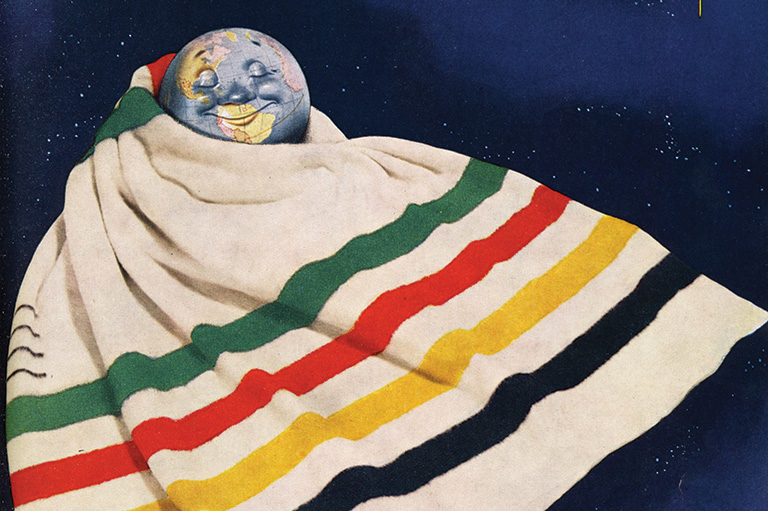Tales & Treasures: Plain Clothes
Dr. Jamie Morton, curator of the Hudson's Bay Company Collection at the Manitoba Museum shows us two examples of Indigenous clothing items from the Canadian prairies: A moose hide coat from the John Halkett collection and a beaded Cree hood, both made with HBC trade goods.
More Tales & Treasures
Themes associated with this article
Advertisement
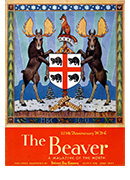
A Century of History in Your Pocket
Canada’s History Archive, featuring The Beaver, is now available for your browsing and searching pleasure!

